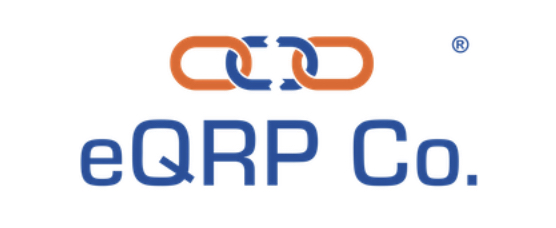In the article Physical vs. Economical Vacancy, we explained that not having tenants in the units (vacancy) is not the only impact to income. If residents are not paying, then that is an economic loss referred to as bad debt. Bad debt, or uncollectible rent, is a line item to understand on the P&L of any property you or your sponsor are underwriting. During due diligence, find out how much rent is not being collected and why.
It is easy to overlook bad debt, especially when a property appears to have a high occupancy. For example, let’s say you are looking at a 30-unit with 95% occupancy. This appears to have a low vacancy, but as you dig deeper, either through underwriting or due diligence, you learn that bad debt accounts for another 10%. In other words, only 5% of all online units are unoccupied, but on top of that 10% of tenants in units have a past due rent balance. This amounts to at least a 15% economic loss.
Using this example, take note of the significance of bad debt and that there is a plan to improve collectible rent as part of any business execution plan in your next apartment syndication.
Subscribe to Our Channel 👇🏾

💡Invest Your Retirement w/ eQRP
– I Rolled My 401k Into eQRP to Passively Invest In Apartments
Other Resources

Rodney Robinson II
[email protected]
